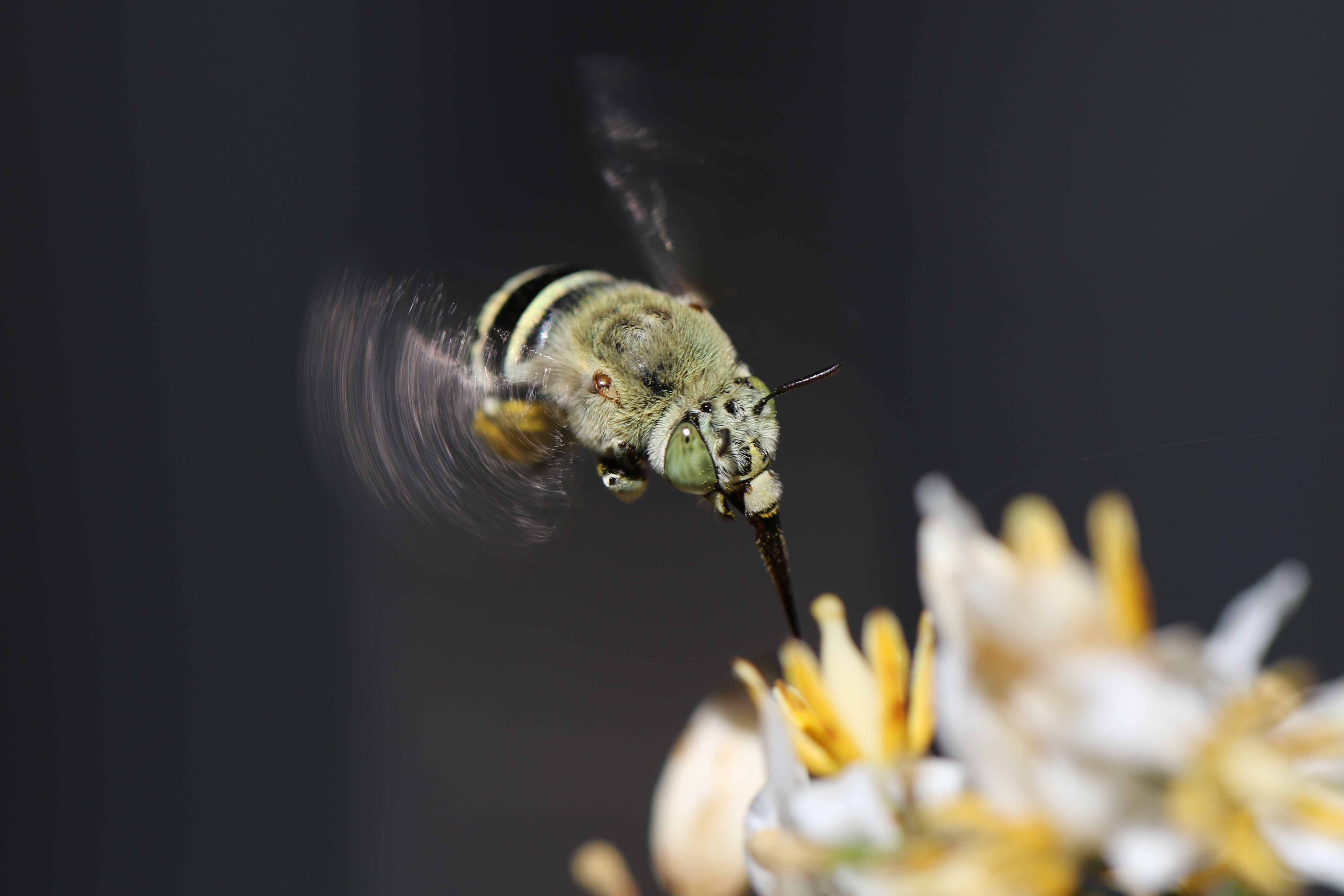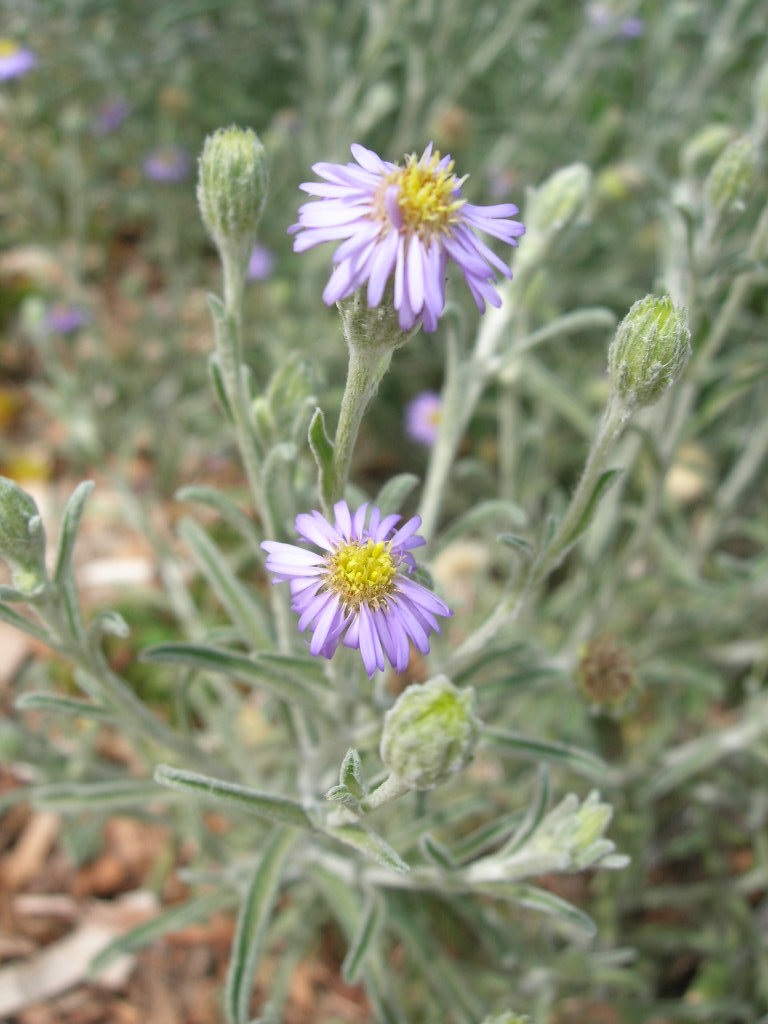Want to attract native bees to your garden? Find out which plants they love the best.
Plants for buzz pollinators
| Common name | Scientific name |
|---|---|
| Cassia | Senna species |
| Velvet bush | Lasiopetalum species |
| Guinea flowers | Hibbertia species |
| Flax lilies | Dianella species |
| Chocolate / vanilla lilies | Arthropodium species |
| Fringe lilies | Thysanotus species |
| Black-eyed Susan | Tetratheca pilosa |
Plants for all other native bees
| Common name | Scientific name |
|---|---|
| Gum tree | Eucalyptus species |
| Bottle brush | Callistemon species such as C. sieberi |
| Wattle | Acacia species |
| Honey myrtle | Melaleuca species such as M. decussata |
| Tea tree | Leptospermum species |
| Christmas bush | Bursaria spinosa |
| Emu bush | Eremophila species |
| Cullen | Cullen australasicum |
| Stemodia | Stemodia floribundum |
| Australian bugle | Ajuga australis |
| Bush peas* | Pultenaea species, Daviesia species, Gompholobium species, Indigofera australis, Platylobium obtusangulum and Eutaxia microphylla |
| Native lilac (climber) | Hardenbergia violaceae |
| Daisy | Olearia species, Helichrysum species and Vittadinia species |
| Goodenia | Goodenia species such as G. ovata, G albiflora and G. blackiana |
| Boobialla | Myoporum species |
| Fan flower | Scaevola species |
| Australian bluebell | Wahlenbergia species |
| Native flax | Linum marginale |
* These can attract native pea bees, which rely completely on bush peas.



Blue-banded bees. Photos: Jeremy Gramp and Martin Stokes.
Recipe for success
Native bees generally like white, yellow, blue and purple flowers the best. However, some flowers provide nectar only, others pollen only, so it’s important to have a range of plants.
Different bee species are active at different times of the year, so it’s also important to offer flowers from late winter until autumn. Plant smaller plants in large clumps. It is visually more attractive, and it allows bees to easily find what they need.

Main image courtesy of Jeremy Gramp.